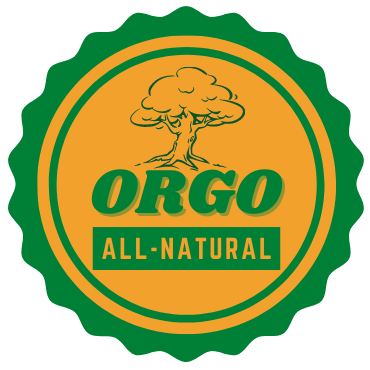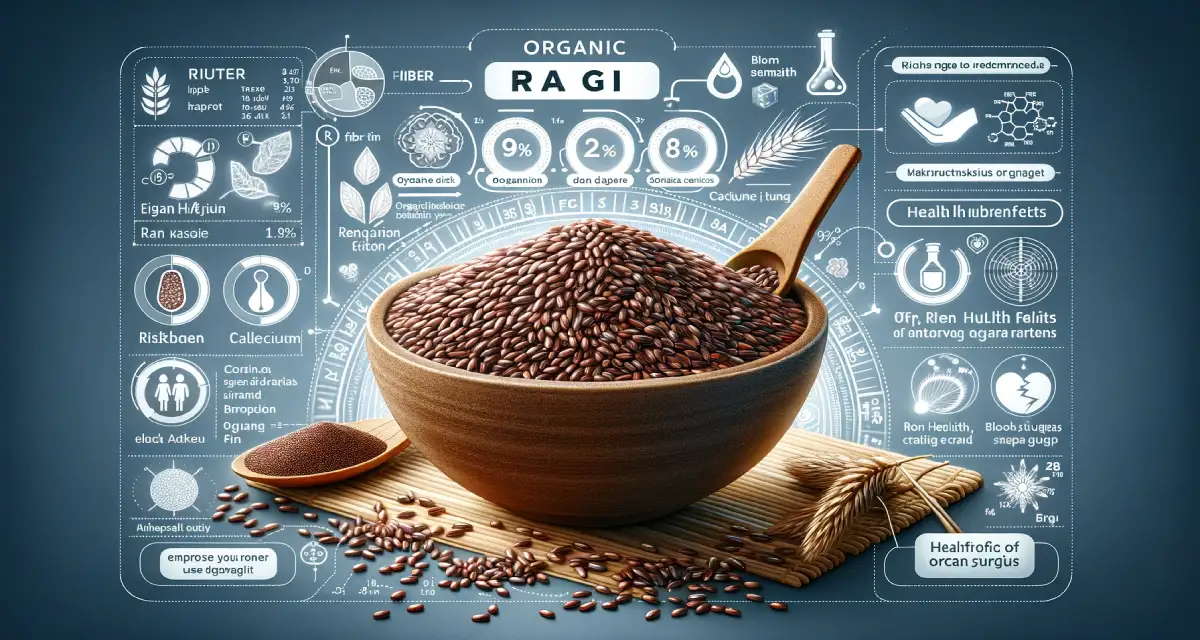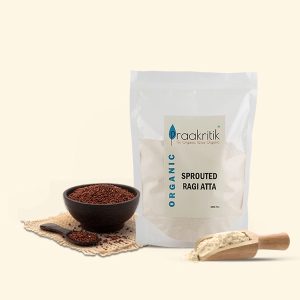Introduction to Organic Ragi
Ragi, frequently celebrated as the ‘wonder grain,’ has been a dietary mainstay in numerous Indian households for generations. Yet, the intriguing distinction between conventional and organic ragi beckons our attention. Delving into the realm of organic ragi, its cultivation at home offers a gratifying experience. The benefits of choosing organic ragi nutrients lie not only in its enhanced nutritional profile but also in the assurance of a chemical-free and sustainable cultivation process. Furthermore, incorporating organic ragi flour in weight loss diets proves to be a smart choice, given its rich fiber content and low glycemic index. As we explore the diverse and delicious realm of organic ragi recipes, from wholesome porridges to savory snacks, it becomes evident that embracing the organic variant not only supports personal health but also promotes environmentally conscious food choices.
Ragi Nutrients Breakdown
Unlocking a wealth of health benefits, organic ragi stands out as a nutritional powerhouse. Laden with essential nutrients like calcium and fiber, it offers a wholesome addition to your diet. Opting for the organic variant guarantees the preservation of these advantages without the concern of harmful pesticides. Whether you’re exploring the best organic ragi recipes or contemplating its role in weight loss, this grain’s organic nature underscores a commitment to both personal well-being and sustainable agricultural practices.
Also Read:- Eco Friendly Jute Products: A Sustainable Revolution
Cooking with Organic Ragi
Ever attempted the culinary delights of a ragi porridge or the wholesome goodness of a ragi roti? If not, you’re undeniably missing out on a treat for your taste buds and health. Mastering how to cook organic ragi is a breeze, offering a versatile ingredient that caters to both novices and seasoned cooks. With a myriad of best organic ragi nutrients with their recipes available, the culinary journey with this nutritious grain becomes a delightful exploration.
Organic vs. Regular Ragi
In the realm of ragi choices, the distinction between organic and regular varieties is noteworthy, with organic ragi taking the lead in health benefits. Opting for organic ragi ensures a chemical-free experience, making it not only a healthier choice for individuals but also a more environmentally conscious one, contributing to the well-being of both consumers and the planet.
Home Cultivation
Visualize the satisfaction of harvesting fresh ragi from your own backyard! Cultivating organic ragi at home goes beyond a rewarding experience; it guarantees that you access the purest form of this grain, laden with the benefits of organic cultivation.
Also Read:- Honey Benefits for Skin
Weight Loss and Ragi
Embarking on a weight loss journey? Integrate organic ragi into your diet for a wholesome approach. The benefits of organic ragi, especially its high fiber content, play a pivotal role in satiety, keeping you full for extended periods and facilitating effective weight management.
Flour and Its Uses
Explore the infinite possibilities of organic ragi flour, whether in the form of delightful ragi dosas or tempting cookies. Beyond its versatility, the flour boasts benefits, particularly its gluten-free nature, making it a favorite among health enthusiasts seeking wholesome and nutritious alternatives.
Conclusion
Embracing organic ragi extends beyond a mere dietary choice; it’s a lifestyle decision. With a plethora of health benefits and remarkable versatility in the kitchen, this grain becomes a vital addition to every pantry, symbolizing a commitment to both personal well-being and culinary innovation.









































